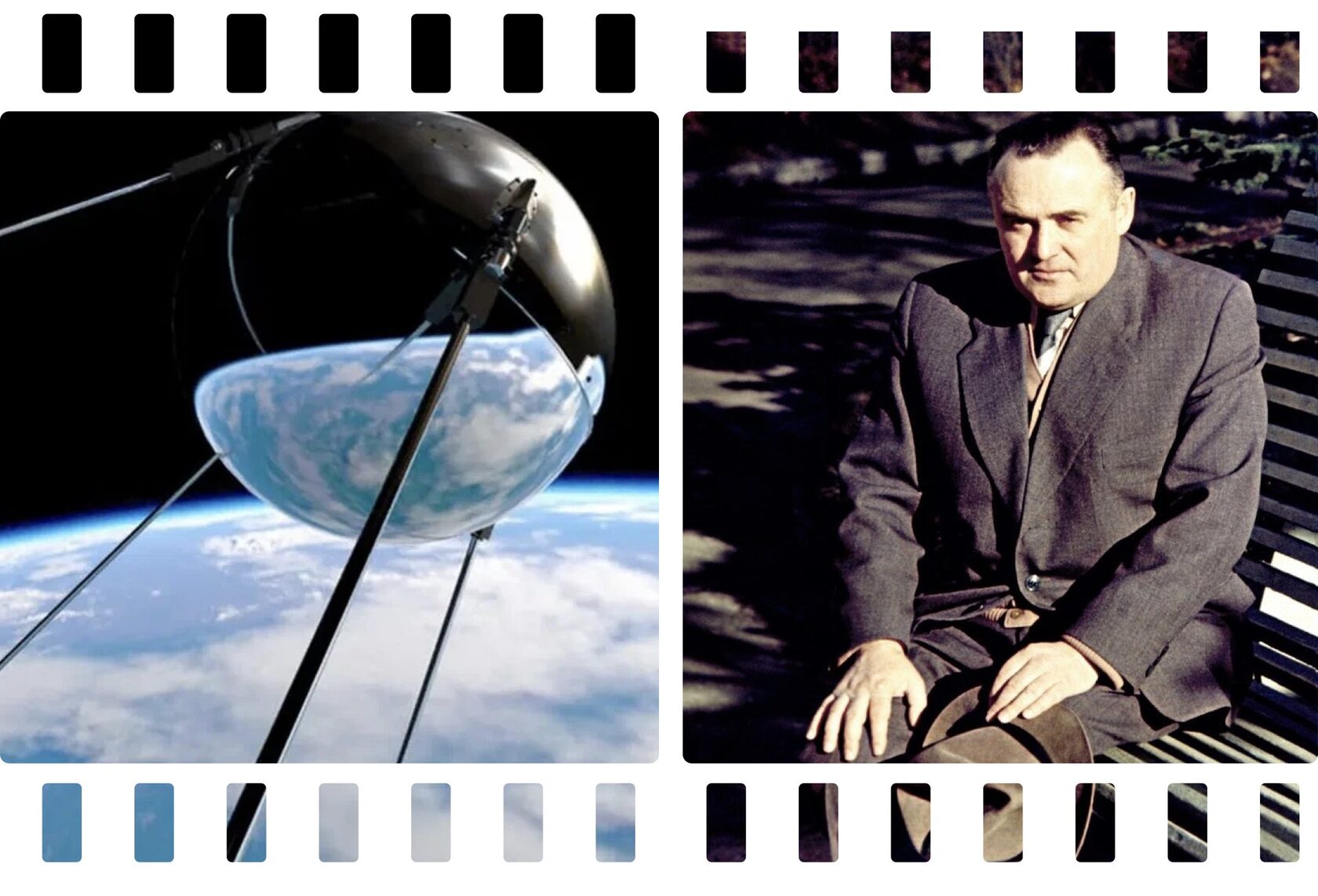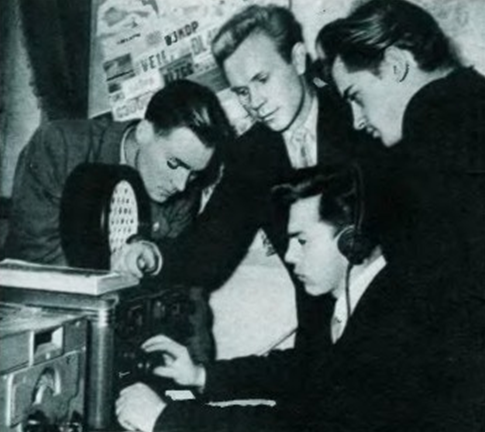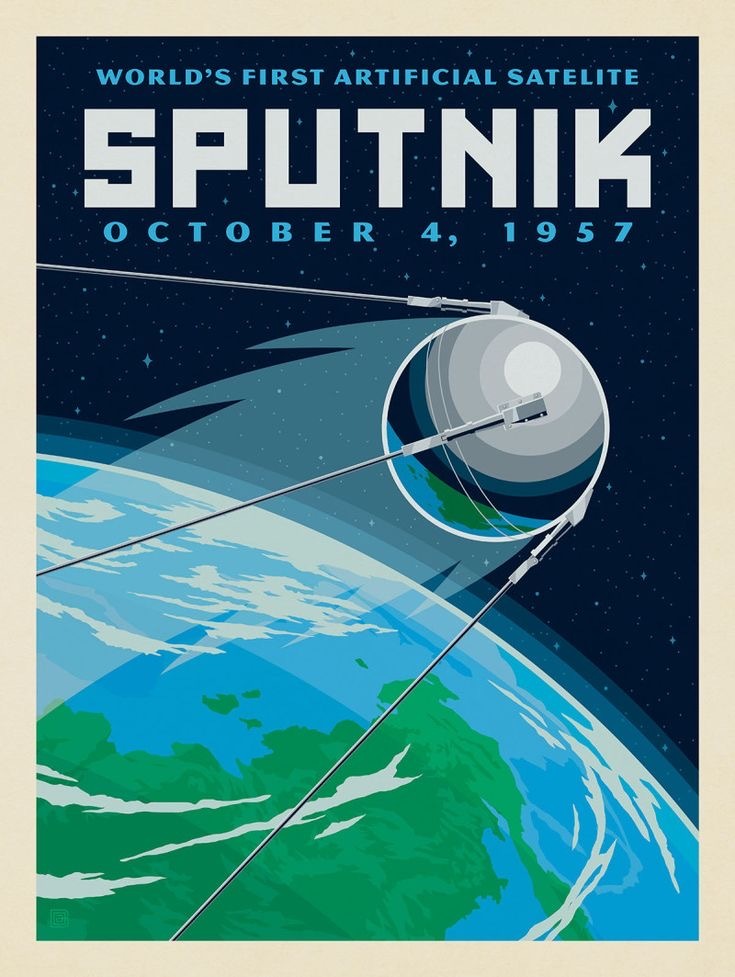On October 4th, 1957, the world's first artificial Earth satellite, Sputnik-1, was successfully launched into low Earth orbit. The launch took place from the Baikonur Cosmodrome using an R-7 rocket. Within 92 days of its launch, the satellite completed 1,440 orbits of the Earth, covering approximately 60 million kilometers.
A group of Soviet scientists, led by the renowned designer of rocket and space systems, Sergei Pavlovich Korolev, worked on the project. Sergei Korolev continually pursued the idea of practical space exploration. Eventually, his dream became a reality. For the first time ever, it was possible to place a man-made object in Earth orbit.
A group of Soviet scientists, led by the renowned designer of rocket and space systems, Sergei Pavlovich Korolev, worked on the project. Sergei Korolev continually pursued the idea of practical space exploration. Eventually, his dream became a reality. For the first time ever, it was possible to place a man-made object in Earth orbit.

The launch of Sputnik-1 had several objectives:
☄ Testing the technical capabilities of the device and verifying the calculations for the successful launch of the satellite;
☄ The study of the ionosphere through the interactions of radio waves emitted by the satellite from space and travelling through the atmosphere towards the surface of the Earth;
☄ Investigating the effects of outer space on equipment.
☄ Testing the technical capabilities of the device and verifying the calculations for the successful launch of the satellite;
☄ The study of the ionosphere through the interactions of radio waves emitted by the satellite from space and travelling through the atmosphere towards the surface of the Earth;
☄ Investigating the effects of outer space on equipment.

Amateur radio operators received the signal from the first artificial satellite of Earth (TASS photo chronicle).
The launch of an artificial satellite has been a significant milestone in space exploration. In addition to obtaining important technical data for the future development of onboard equipment, satellite communication systems, and control systems, valuable scientific information has also been acquired. Specifically, data obtained through observations of the satellite's movement and the transmission of radio signals has provided valuable insights.
The success of Sputnik I paved the way for subsequent space missions, including the launching of the first human into space, and laid the groundwork for international collaboration in space exploration.
The success of Sputnik I paved the way for subsequent space missions, including the launching of the first human into space, and laid the groundwork for international collaboration in space exploration.

